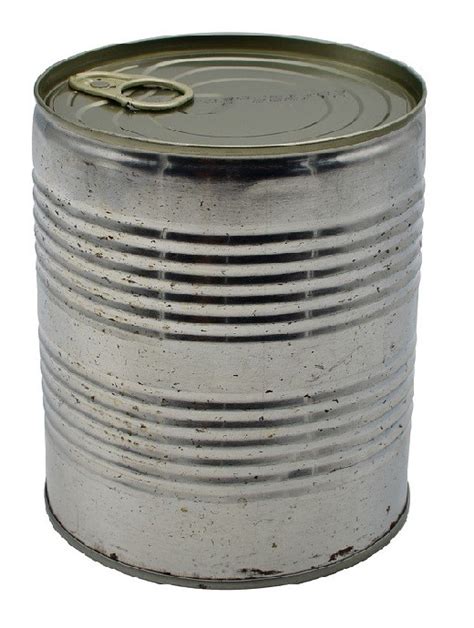Best strategies to break strength plateaus for peak gains?

Understanding and Overcoming Strength Plateaus
Hitting a strength plateau can be incredibly frustrating for any dedicated lifter. You’re consistently showing up, putting in the work, but your numbers just aren’t moving up anymore. This common hurdle signals that your body has adapted to your current training stimulus. To continue making progress and achieving peak gains, you need to introduce new stressors and intelligent strategies that challenge your muscles and nervous system in novel ways. Let’s dive into the most effective methods to break through these frustrating plateaus and unlock new levels of strength.

The Power of Deloading and Active Recovery
Often, a plateau isn’t a sign of weakness but rather a sign of overtraining or accumulated fatigue. Your central nervous system, joints, and muscles need time to recover and adapt fully. A strategic deload week can work wonders. This involves temporarily reducing your training volume (sets and reps) and/or intensity (weight) by 40-60% for a week. Alternatively, active recovery, which includes light cardio, stretching, or foam rolling, can aid blood flow and accelerate recovery without adding extra stress.
Don’t view deloading as a step backward; it’s a vital component of long-term progress. It allows your body to supercompensate, often leading to personal bests when you return to your regular training intensity.
Manipulating Training Variables for New Stimulus
If you’ve been sticking to the same rep range, set scheme, or rest periods for too long, your body has likely adapted. To break the monotony and shock your muscles into growth, experiment with different training variables:
- Rep Ranges: Shift from heavy low reps (1-5) to moderate high reps (8-12) or even endurance-focused ranges (15+).
- Set Schemes: Try different set and rep protocols like 5×5, 3×8-12, or even pyramid sets.
- Tempo Training: Control the eccentric (lowering) phase of your lifts, or incorporate pauses at different points to increase time under tension.
- Rest Periods: Shorten rest periods to increase metabolic stress or lengthen them to allow for maximum recovery between heavy sets.

Incorporating Exercise Variation and Accessory Lifts
While compound movements are king, constantly performing the same variations can lead to imbalances or simply a lack of new stimulus. Introduce variations of your main lifts to target muscles differently:
- Squats: Try front squats, pause squats, or box squats.
- Bench Press: Incline bench, close-grip bench, or dumbbell bench variations.
- Deadlifts: Romanian deadlifts, sumo deadlifts, or deficit deadlifts.
Additionally, strengthen weak links by focusing on accessory exercises. If your lockout on bench press is weak, prioritize triceps work. If your squat depth is an issue, focus on hip mobility and glute activation exercises. These smaller, often neglected muscles play a crucial role in overall strength and stability.

The Strategic Approach of Periodization
Periodization is the systematic planning of training variables over a specific time frame to maximize performance and prevent overtraining. Instead of randomly changing your workouts, periodization provides a structured approach:
- Linear Periodization: Gradually increases intensity while decreasing volume over several weeks or months.
- Undulating Periodization (Daily or Weekly): Varies training intensity and volume more frequently (e.g., heavy day, moderate day, light day within the same week).
Implementing a periodized program can prevent stagnation by continuously cycling through different training phases, ensuring your body is always adapting to a new stimulus.

Optimizing Recovery: Nutrition, Sleep, and Stress Management
Training is only half the battle; recovery is where the magic happens. Neglecting these aspects will inevitably lead to plateaus, no matter how perfect your program is:
- Nutrition: Ensure you’re consuming enough calories, protein, carbohydrates, and healthy fats to fuel your workouts and support muscle repair and growth. Consider a slight caloric surplus if you’re trying to gain strength and muscle.
- Sleep: Aim for 7-9 hours of quality sleep per night. Sleep is when your body produces growth hormone and testosterone, crucial for recovery and strength gains.
- Stress Management: Chronic stress, whether from training, work, or personal life, elevates cortisol levels, which can hinder recovery and muscle growth. Incorporate stress-reducing activities like meditation, yoga, or spending time in nature.

Conclusion: The Path to Continuous Gains
Breaking a strength plateau requires a multi-faceted approach, combining intelligent training strategies with diligent recovery practices. Don’t get discouraged when you hit a wall; view it as an opportunity to refine your approach and learn more about your body. By implementing strategies like deloading, varying training variables, incorporating exercise variations, periodizing your training, and prioritizing nutrition, sleep, and stress management, you can consistently break through barriers and achieve your peak strength potential. Remember, consistency and patience are your most powerful allies on the journey to peak gains.







